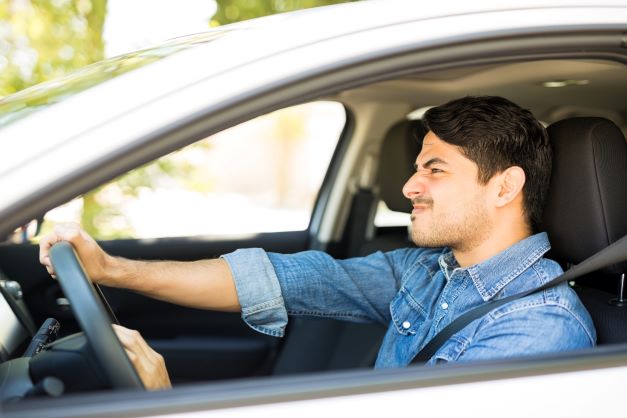Road rage is now one of the leading causes of car accidents in the United States. Excessive anger and aggression on the road are a serious danger and detriment. If you require legal advice or representation in a matter related to road rage or an accident, contact a Kane County auto accident lawyer for help.
What Does Road Rage Look Like?
Road rage can be found in a variety of different actions. Some people simply complain about another driver in the privacy of their car, while others will take more dire action.
Tailgating and brake checking are common signs of road rage. Drivers who partake in these activities are attempting to make the other drivers around them feel uneasy and make their lives harder because they have to quickly react. They may not care about causing an accident.
Speeding, changing lanes without using a blinker, weaving in and out of traffic, and driving erratically are also forms of aggressive driving.
Some drivers take a more direct approach when angry. They might flash their highbeams at a driver in front of them, lay on the horn, make crude gestures or faces, roll down their window to shout, etc. Some of the more dangerous drivers may even get out of their car and confront another person.
How Common is Road Rage?
Road rage can be caused by intoxication, mental disorders, a build-up of frustration due to traffic, panic because you are running late, etc. It is becoming more common for drivers to openly express their anger via recklessness and aggression.
A large majority of the United States population has witnessed or participated in aggressive driving. Studies have shown that over the last 10 years, there has been a 500% increase in reported road rage. Additionally, in 2022 over 400 people were shot during a road rage incident, resulting in either injury or death.
What Should I Do if I Encounter an Aggressive Driver?
If someone begins exhibiting the above examples of road rage, it can be scary and intimidating, but there are some actions you can take to protect yourself.
- Put as much distance between yourself and them as possible.
- Slow down, change lanes, take an alternative route, or pull over to get away from them. You do not want to be present if an accident occurs or they become even more aggressive. If they are following you, find the nearest police station and drive there.
- Do not provoke them.
- Try not to interact with them in any way. Avoid eye contact, making gestures, or anything else that could cause them to become more aggressive.
- If possible, take note of the make and model of their car as well as their license plate.
- Try to remember the details of the car and person so you can file a police report.
- Report the incident to the police.
- Let the authorities know. They are equipped with the knowledge of how to deal with an angry driver.



